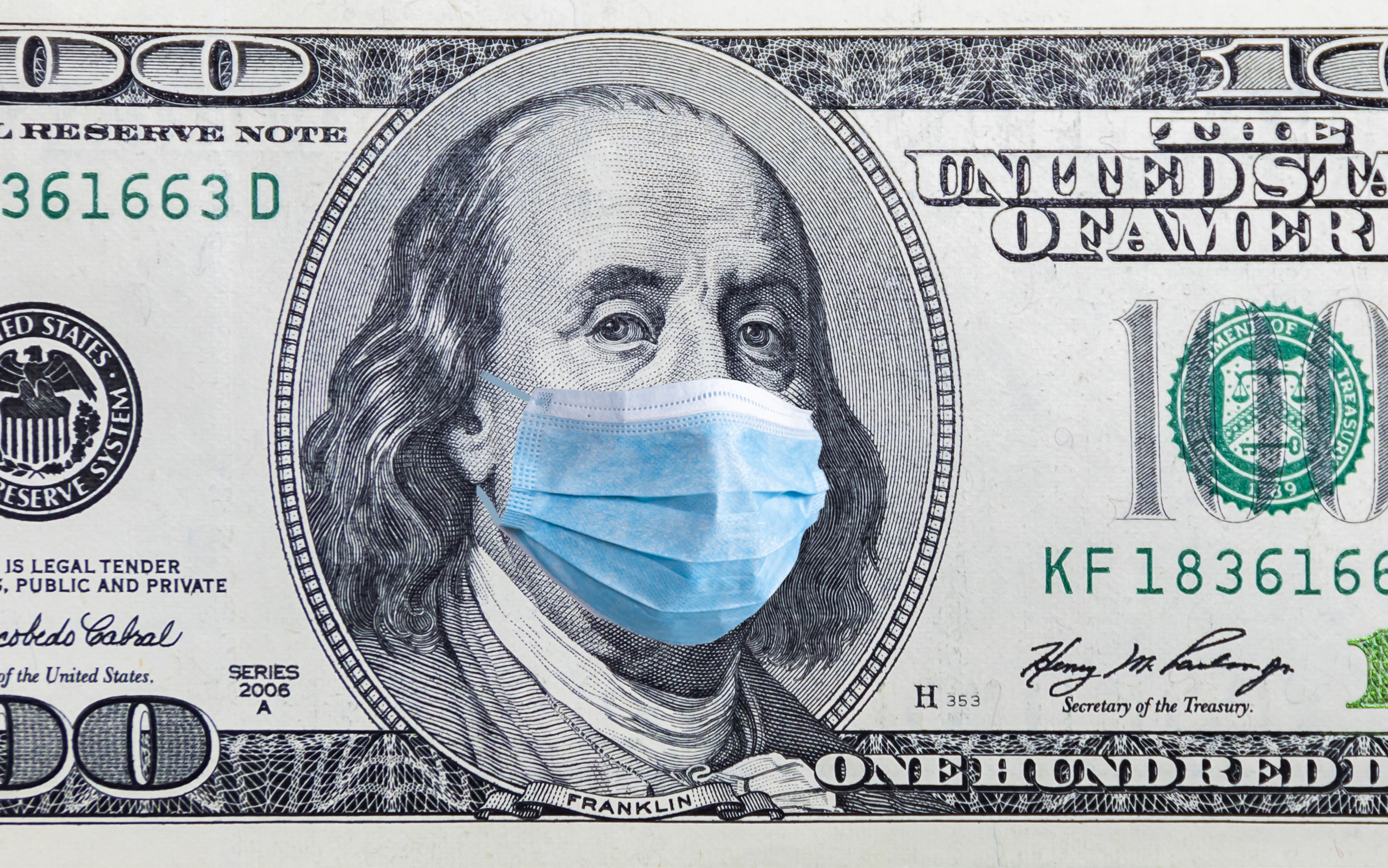
US is new epicenter of the coronavirus pandemic

The coronavirus outbreak reached a somber milestone in the U.S. on Thursday (March 26) — the nation now has more coronavirus cases than any other country in the world.
There are now at least 82,174 cases of the new coronavirus disease, COVID-19, in the United States, according to worldometer, a website that tracks coronavirus cases. That's higher than the case count in either Italy (which has 80,589 cases) or China (which has 81,285 cases).
Nearly half of all U.S. coronavirus cases are in New York, which has reported more than 37,700 cases.
Just a few days ago, the World Health Organization warned that the U.S. had the potential to become the new epicenter of the coronavirus pandemic.
U.S. coronavirus cases have soared in recent weeks — at the beginning of March, the county had reported only about 100 cases total, according to worldometer.
Coronavirus cases in China, where the outbreak began, initially increased rapidly, but leveled off after about Feb. 20.
Coronavirus science and news
- Coronavirus: Live updates
- What are the symptoms?
- How deadly is the new coronavirus?
- How long does virus last on surfaces?
- Is there a cure for COVID-19?
- How does it compare with seasonal flu?
- How does the coronavirus spread?
- Can people spread the coronavirus after they recover?
Originally published on Live Science.
Sign up for the Live Science daily newsletter now
Get the world’s most fascinating discoveries delivered straight to your inbox.
- The 9 Deadliest Viruses on Earth
- 28 Devastating Infectious Diseases
- 11 Surprising Facts About the Respiratory System
The one-month trial gives you access to all of the educational site's 9,000 activities in reading, science, math and art. Keep your child busy and learning while we are all stuck indoors.

Rachael is a Live Science contributor, and was a former channel editor and senior writer for Live Science between 2010 and 2022. She has a master's degree in journalism from New York University's Science, Health and Environmental Reporting Program. She also holds a B.S. in molecular biology and an M.S. in biology from the University of California, San Diego. Her work has appeared in Scienceline, The Washington Post and Scientific American.










